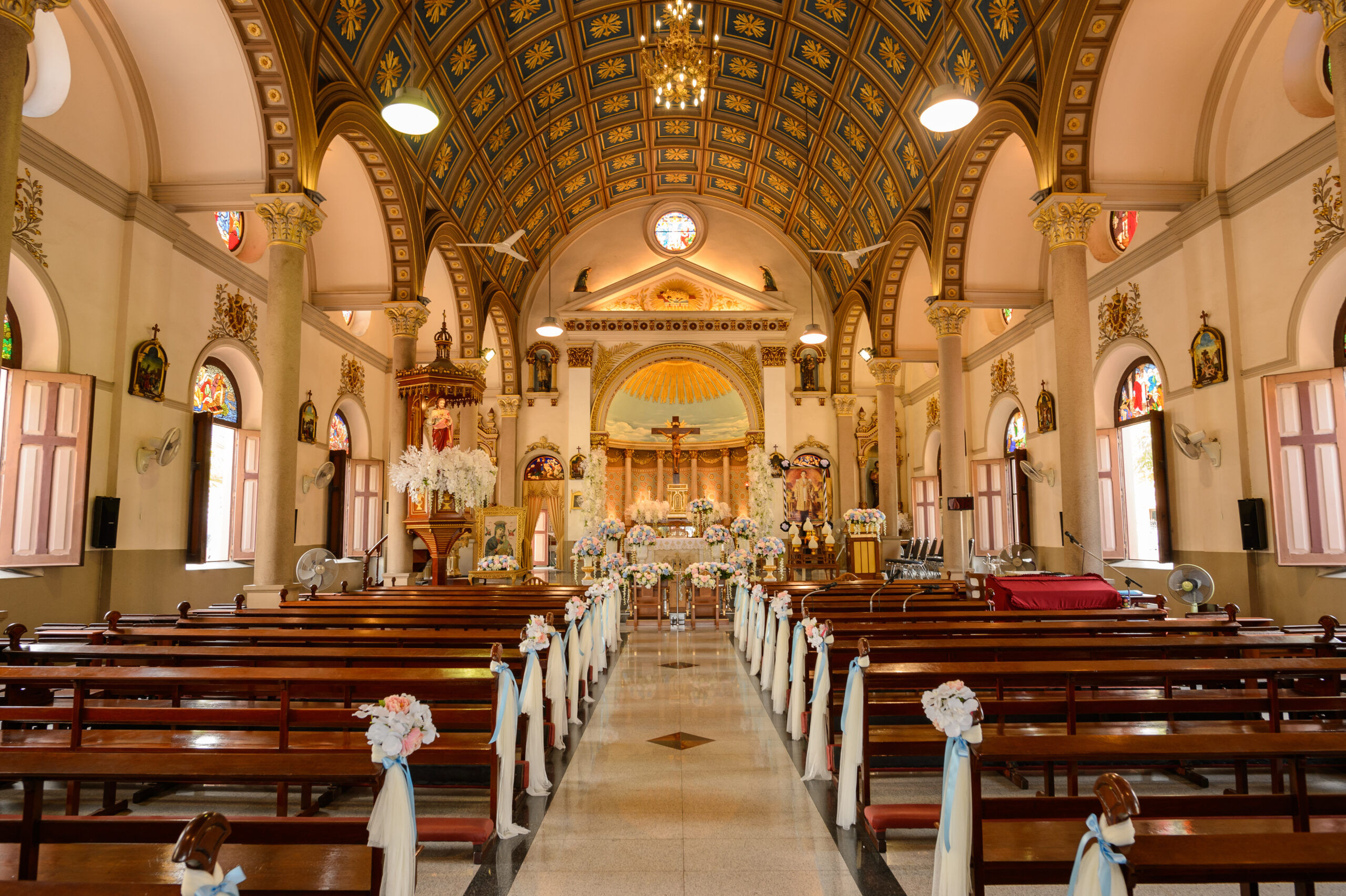Religious institutions throughout the country are undergoing substantial changes to guarantee that their facilities and provisions are accessible and inclusive for individuals with disabilities. This transition towards inclusivity signifies not only an increasing consciousness but also a sincere dedication to exemplifying the values of solidarity and assistance for every person, irrespective of their neurological or physical impairments.
Such transformations are frequently sparked by anecdotes from individuals’ personal lives that emphasize the critical nature of inclusiveness in spiritual communities. One illustrative instance involves Rev. Lamar Hardwick, who, subsequent to receiving a diagnosis of autism at the age of 36, established an initiative within his LaGrange congregation to enlighten members concerning autism and the substantial ways in which uncomplicated accommodations can significantly augment the worship encounter for those with disabilities. Subsequent to his initial endeavors, Hardwick has garnered widespread recognition on an international level as “the autism pastor,” a proponent of religious communities’ integration of individuals with disabilities.
A growing number of religious institutions are currently acknowledging the significance of ensuring that their spaces and services are accessible to all. By implementing measures such as ramp installations, choir placement modifications, and the provision of sensory chambers for individuals prone to overstimuli, these religious institutions are proactively striving to eliminate obstacles that have historically marginalized people with disabilities.

Inclusivity transcends mere accessibility and encompasses the complete integration of members with disabilities into the congregational life. This endeavor entails integrating individuals into choirs, committees, and every aspect of congregational existence, surpassing mere physical adjustments. Prominent figures underscore the significance of perceiving individuals with disabilities not as “the other” but rather as essential constituents of society who are entitled to equivalent opportunities for engagement and participation.
Notwithstanding these encouraging advancements, obstacles persist, as evidenced by research stressing the dearth of knowledge and instruction regarding disabilities among religious authorities. Notwithstanding this, advocacy groups and individuals such as Dom Kelly continue to advocate for change, emphasizing that religious organizations must adjust to become genuinely inclusive as the population of people with disabilities increases.
Read More News:
- Lucky Chance: Cherokee County Safety Town Returns to Bascomb Elementary
- Brave 11-Year-Old Heart Warrior Lives Dream as Airman for a Day at Dobbins Air Reserve Base
- Dunwoody Elementary School Names New Principal in the Wake of Student Threat Incident
The pursuit of inclusivity serves as a testament to the tenacity and commitment to change exhibited by innumerable individuals, including Reverend Hardwick and Dom Kelly. Through their narratives and endeavors, places of worship are transforming their approach to disability from one of mundane accommodations to one of complete inclusion. With the increasing inclusivity of these sacrosanct spaces, there is a heightened recognition that spirituality and community transcend physical and neurological limitations and are accessible to all.

